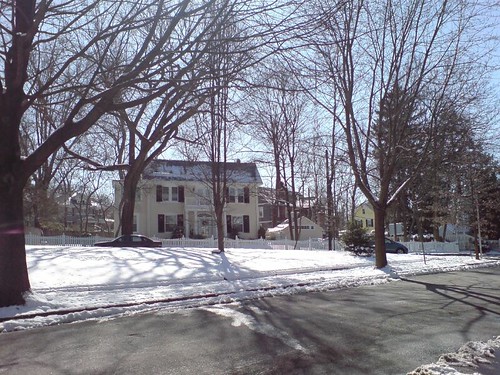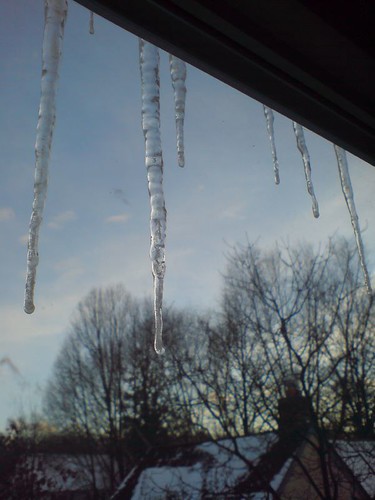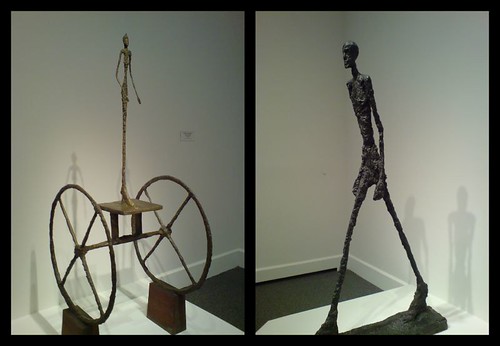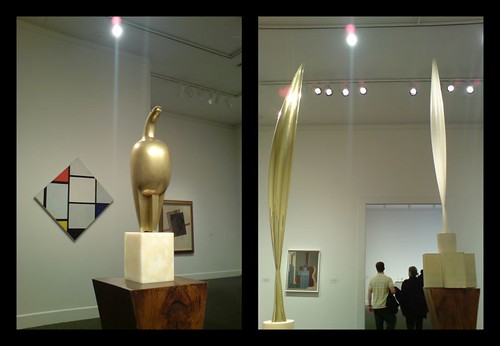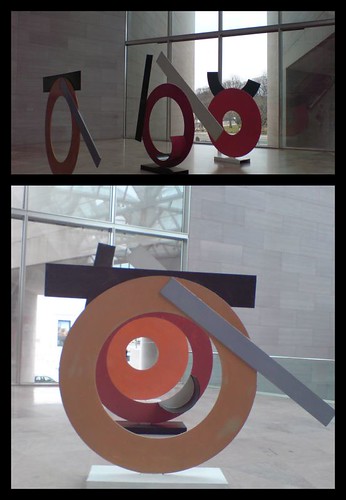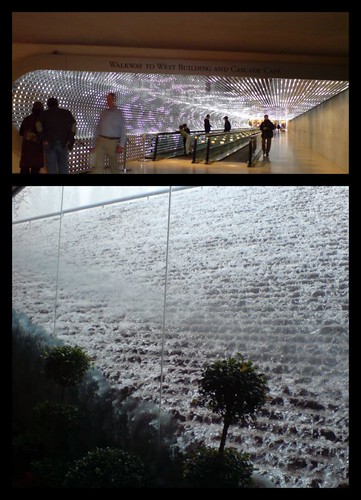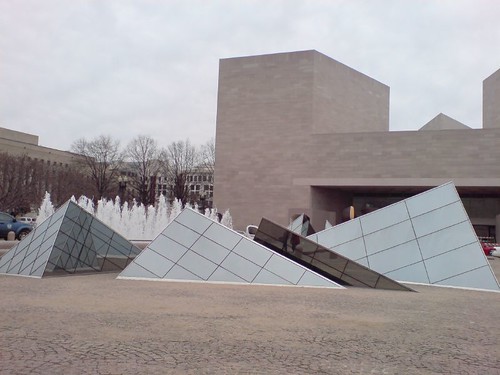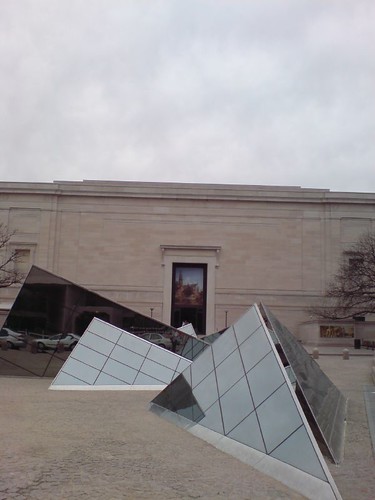So, Flighty, one more artsy-fartsy post for you to endure but there are some photos from today's excursion that you may like, and three I took especially for you - and that was before I came home to find your comment about the NGA ;-)
***************
So on we go:
National Gallery of Art II
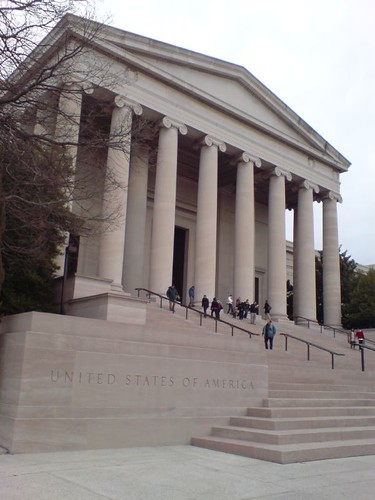
The main entrance to the original West Building
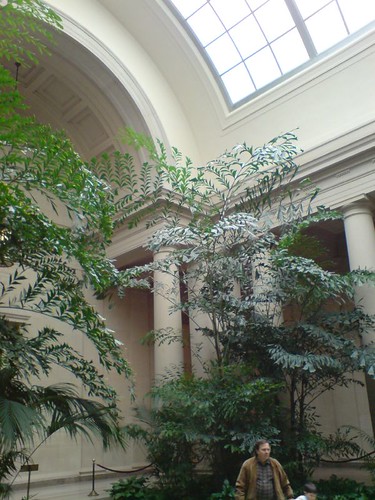
A restful Fountain Courtyard inside the gallery
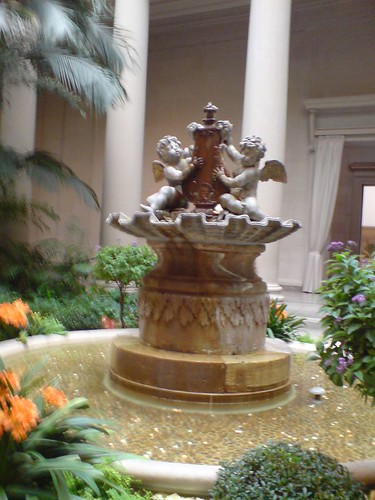
The fountain in one of two courtyards

The sculpture gallery is the spine of the museum, connecting the rotunda and two courtyards. All specialty galleries branch off from it.
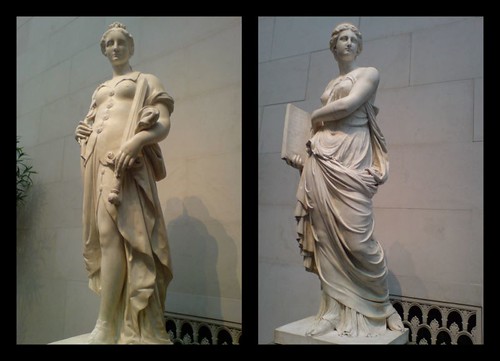
L: Justice
R: Calliope
(19th C French Neoclassical sculptures)
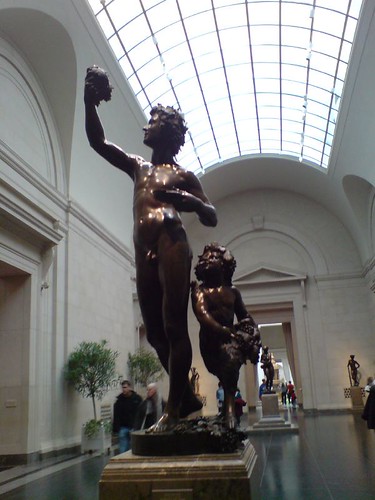
Bacchus and a putto
(19th C bronze sculpture)
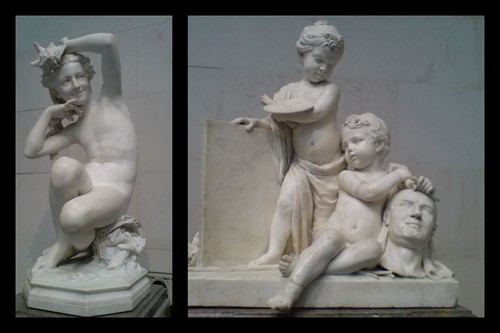
L: Neapolitan girl
R: Painting and Sculpture
(19th C French Neoclassical sculpture)
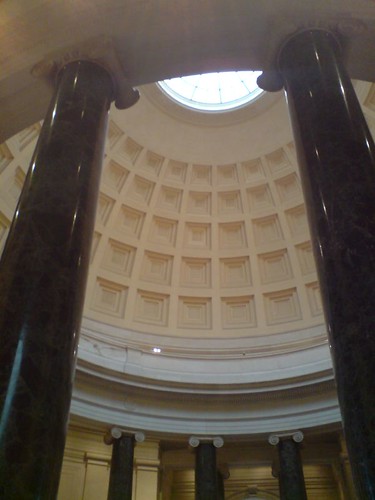
Approaching the Rotunda
Americans love their rotundae.
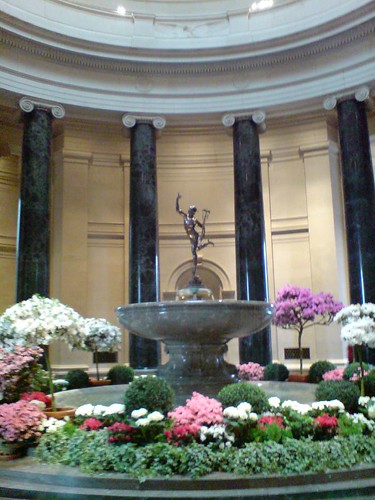
An Apollo fountain with fresh flowers under the rotunda dome
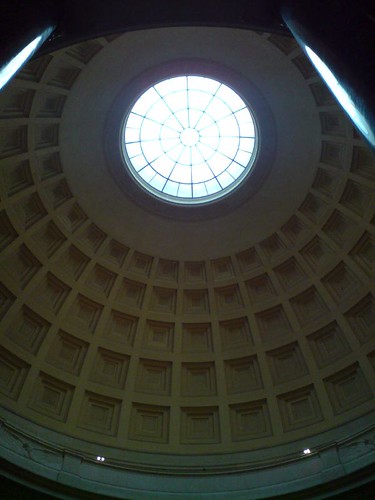
The oculus (eye) and embossed dome. Reminiscent of the dome of the Pantheon in Rome (and by that token, probably the one in Paris too though that memory has faded)

My pick of the post: a bust of the Roman Emperor Hadrian, who in nearly every depiction frowns more than anyone else.
Continuing the Greco-Roman foundation of the building, there were lots of olive trees in the museum's open spaces.
I didn't know photography was allowed in the rest of the museum because not many people had cameras out, so I felt self-conscious then found out later photography is allowed everywhere except where noted and in special exhibitions. So....you missed a load of exquisite Dutch masters and American 19th century landscapes and still lifes.
But each gallery was equipped with those easels used by art students and copyists for anyone to use, I guess. Each section also had really good free mini-guides. I have three: one from the Pompeii exhibition, one from the Dutch and Flemish Cabinet Galleries, and one from Dutch Cityscapes of the Golden Age (special exhibition).

Here's one from Dutch Cityscapes which I recognized with a shock of recognition because I bought the postcard of it at the National Gallery in London! (View in Delft by Karel Fabritius, likely painted with the help of a lens casting the image onto a canvas in a dark room, hence the uncorrected convex effect which today we can duplicate with our fisheye cams.)
I really really like the Delft domestic scenes. Amsterdam artists tended to paint buildings and civic architecture, but the Delft artists like Johannes Vermeer and Pieter de Hooch focused on the quiet domestic chores in great detail, though Jan Steen managed to combine both elements. The Delft works give me a feeling of satisfaction, de Hooch in particular (many of his postcards I also bought at the NG London) because of the equal attention to architecture and people, who lend humanity to the potential sterility of a solely architectural focus (I know I am guilty of this, however).

The Courtyard of a House in Delft, de Hooch,
But check this out, a Bird's Eye View of Amsterdam by Jan Micker (1652):

The artist thought of cloud shadow!
**************************
Stay tuned for today's adventure, it was such a wonderful day!
